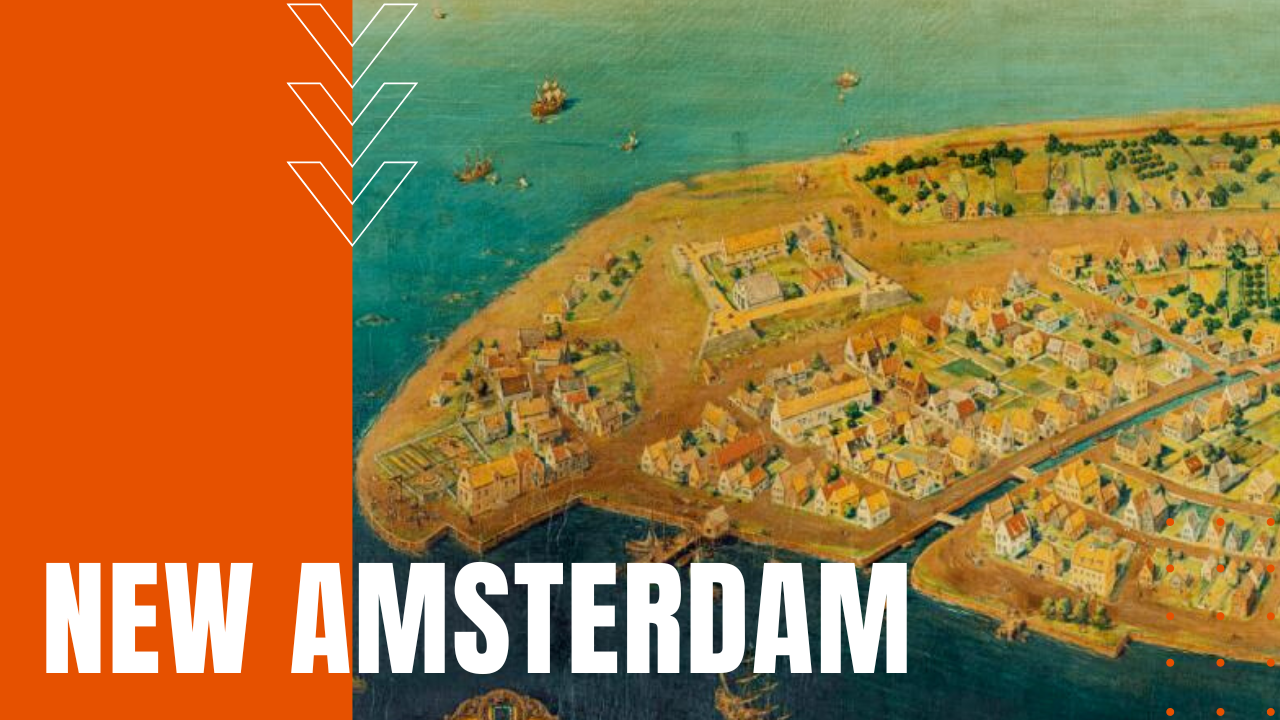New Amsterdam: Early Dutch Colony Establishes New York City

Where Was New Amsterdam?
After the Dutch West India Company established its North American foothold in 1624, the region around present-day New York City grew outwards from the southern tip of Manhattan Island to include parts of Long Island, Connecticut and New Jersey.
New Netherland
Known collectively as New Netherland, the Dutch settlement’s seat of colonial power soon formed around the initial fur trading factory next to South Manhattan’s Fort Amsterdam, which soon took on the name, New Amsterdam. In an attempt to shore up Dutch claims to the region, acting governor Peter Minuit arranged for the purchase of New Amsterdam from the Manhattans, an indigenous tribe of Native Americans who in 1626 swapped South Manhattan Island for $24 worth of Western European trinkets.
Like nearly all groups of white settlers to North America, land agreements with Native Americans quickly went on off track as land-hungry settlers expanded outward from their initial claims and agreements, leading to a protracted war between colonists and the Manhattans beginning in 1641, eventually leading to more than 1,000 combined fatalities on both sides of the conflict.
By 1655, however, New Netherland had grown to 2,000 people, with three-fourths of the population living in New Amsterdam, while nine years later, the population of New Netherland had grown to 9,000 souls, with some 2,500 living in Lower Manhattan.
New Amsterdam Becomes New York City
In an ongoing challenge over sea and trade routes, particularly to the Spice Islands and the sugar plantations along the coast of Surinam, on August 27th, 1664, four British frigates sailed into New Amsterdam’s harbor, demanding the immediate surrender of the entire Dutch colony.
England’s aggression led to a bloodless and rather gutless capitulation by the Dutch, resulting in a document known as the Articles of Surrender of New Netherland. New Amsterdam was quickly reincorporated under British law as New York City, named after the Duke of York and future king, James the 2nd, making New Amsterdam, an early ignition points for one of the greatest cities in the world.
